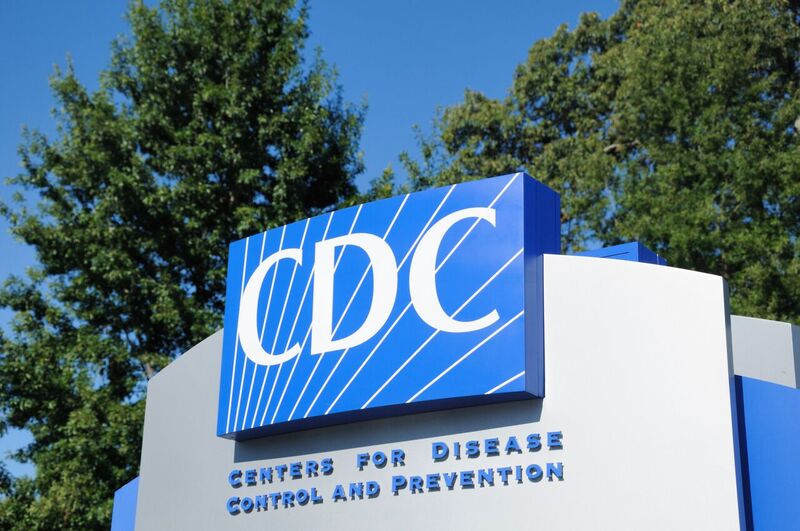
If necessity is the mother of invention, then, in an increasingly technology-reliant world, nothing stands to prove the real value of new health IT like a crisis such as the COVID-19 pandemic.
To wit, in a recent column, Steve Bennett, director of SAS' global government practice and the former director of the National Biosurveillance Integration Center within the Department of Homeland Security, lays out four ways government can use AI to help combat the spread of the coronavirus and other potential diseases.
First, it can help with prediction. COVID-19 is just one of numerous diseases that can spread from animals to humans, Bennett notes. Indeed, the CDC estimates that three out of four new diseases in humans come from animals, and now “researchers are turning to AI to help predict hotspots where new diseases could emerge. The technology can integrate data about known viruses, animal populations, human demographics and cultural/social practices around the world to predict outbreaks. Government and public-health officials can use this data to be proactive and take steps to prevent these kinds of outbreaks -- or at minimum, do a better job preparing for them.”
Next, there’s detection. “When previously unknown viruses make the jump to humans,” Bennett explains, “time becomes a precious resource.” With AI, authorities can examine “near-real-time emergency medical services and ambulance data, using (machine learning) to look for anomalies in the medical notes as patients (are) admitted to hospitals.” And they can do it much faster than ever before.
Third, there’s the critical response. Along with predicting disease spread, AI “can improve the application of current treatment and accelerate the time it takes to develop new treatments. . . . For example, data from chest X-rays of coronavirus patients can serve as input for AI models so physicians can make faster diagnoses. Regarding new treatments, creating vaccines for newly discovered viruses is a difficult and time-consuming process that is laden with trial and error.”
Finally, there’s the recovery effort.
Says Bennett, “(o)nce an outbreak is contained or has ended, governments and global health organizations must make decisions about how to prevent or limit outbreaks in the future. . . .AI permits policy-makers and health leaders to conduct a host of ‘what if’ analyses that will enable them to make data-driven decisions that have an increased likelihood of being effective.”
The bottom line, according to Bennett, is that AI’s capacity for poring through large amounts of data in search of insights “can lead to deeper knowledge about diseases and enable U.S. health and government officials to make better decisions throughout the entire evolution of an outbreak.”
At times like the present, that capacity could prove invaluable.


